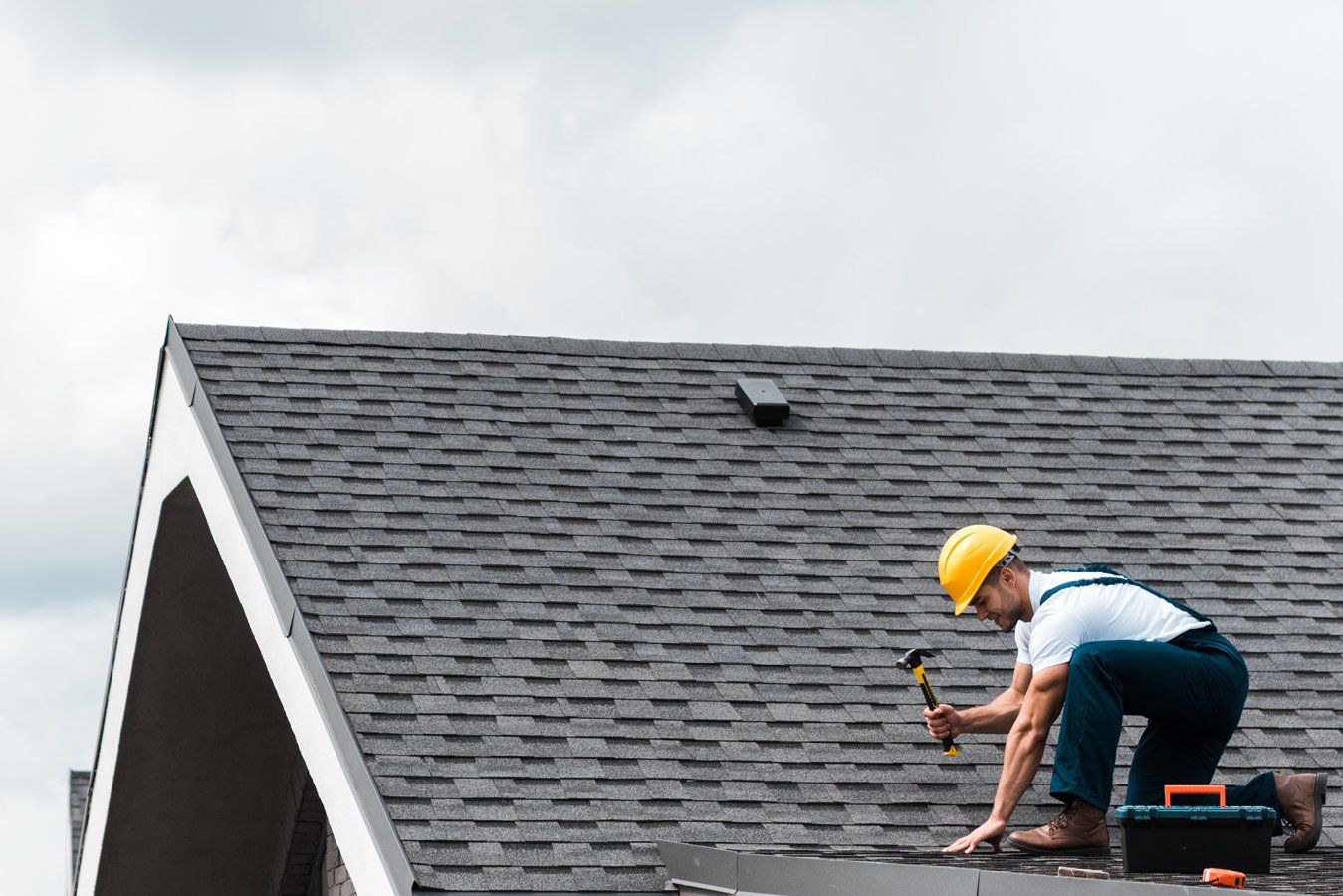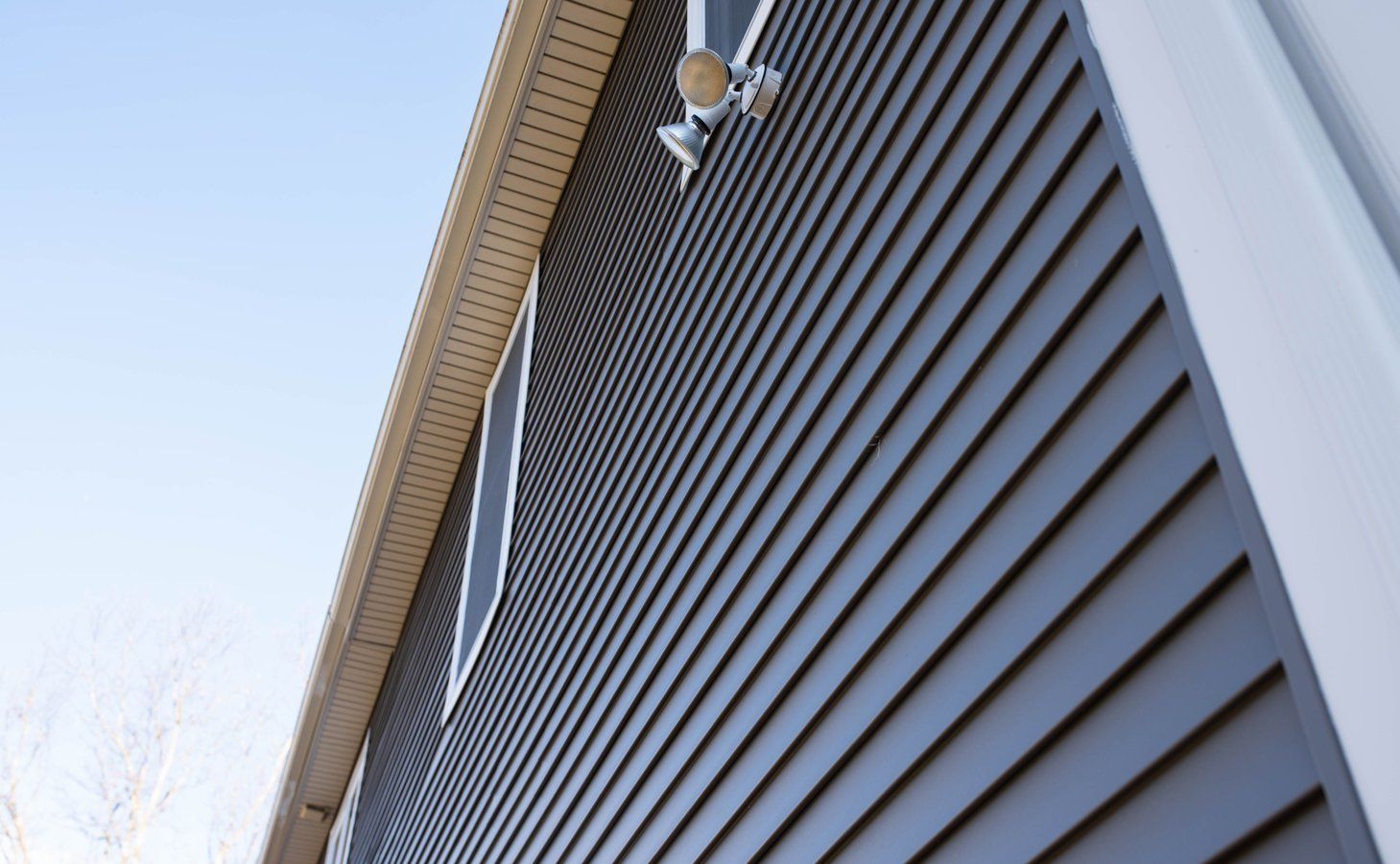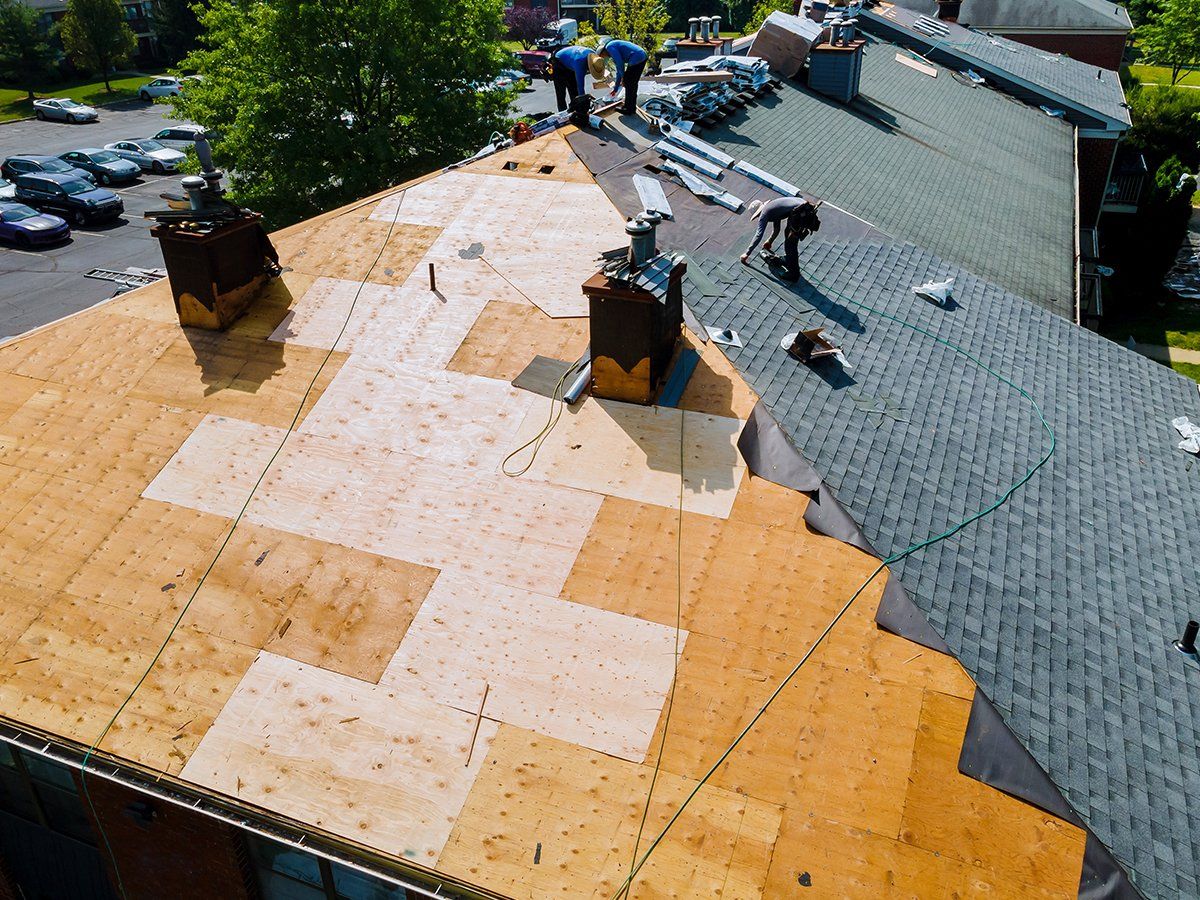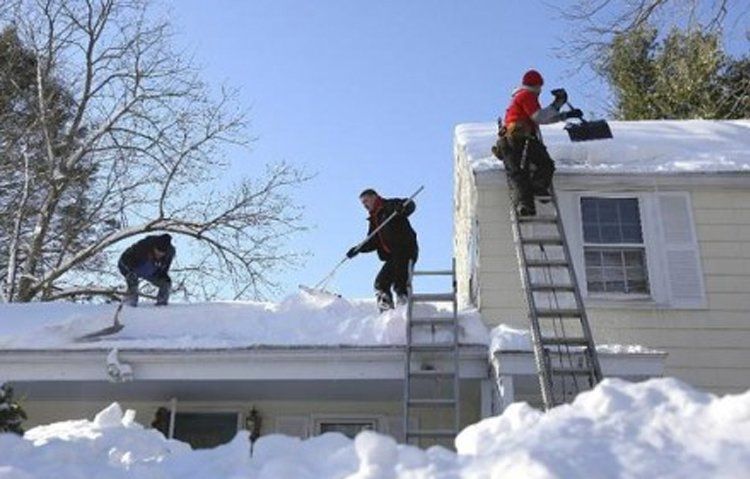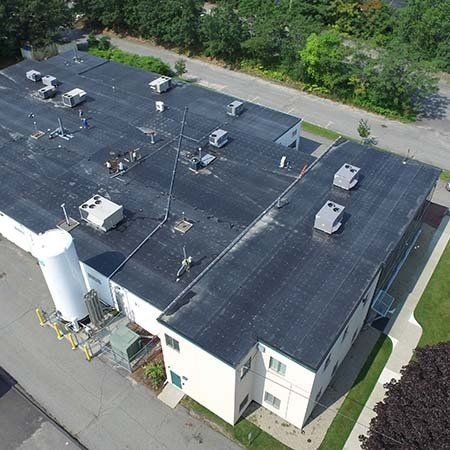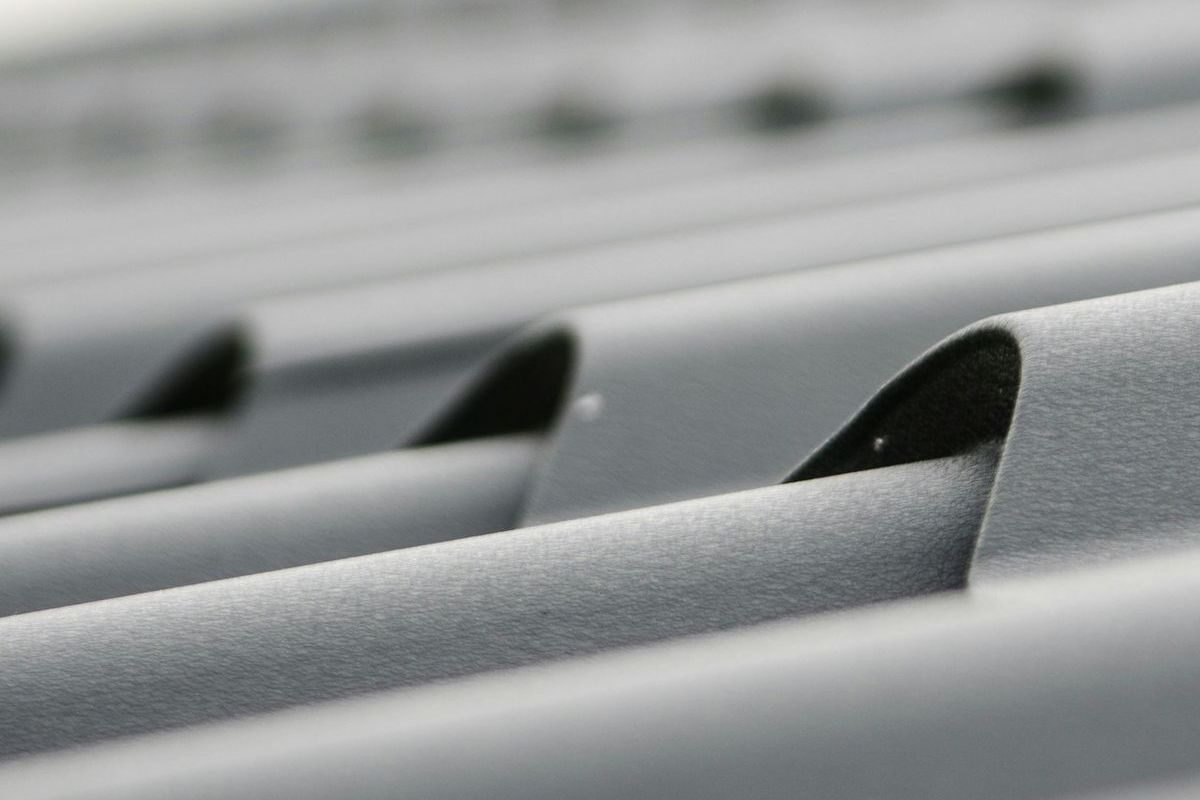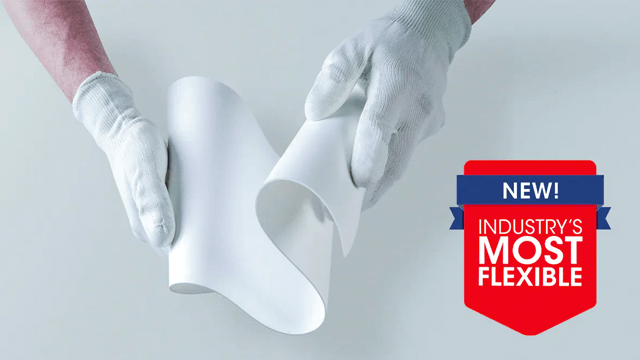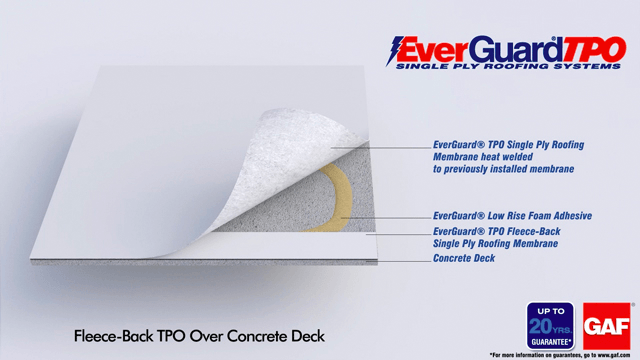Commercial TPO Roofing Installation
Thermoplastic Polyolefin (TPO) is a single-ply roofing membrane that is one of the fastest-growing commercial roofing systems on the market. TPO roofing systems are made up of a single layer of synthetics and reinforcing scrim that can be used to cover flat roofs. TPO has gained industry acceptance with the natural reflective surface to reflect UV rays. As reported by the National Roofing Contractors Association (NRCA) TPO takes up about 40% of the commercial roofing market share.

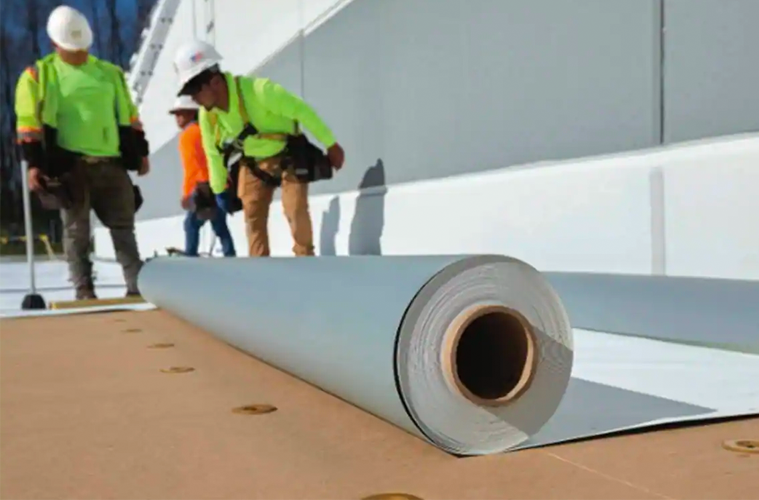
EverGuard® TPO Single-Ply Roofing Systems
Protect your building, your business, and the people who count on them. In the 20+ years that TPO roofing has been in the field, it’s become the most popular product used for low-slope roofing. Over 1.8 billion sq. ft. are installed annually, making up over 50% of single-ply roofs being installed today.
FAQs for TPO Roofing Systems
What is a TPO Roofing System and Why is It Used?
TPO (Thermoplastic Polyolefin) is a single-ply roofing membrane made of synthetic materials and a reinforcing scrim. It is designed to cover flat or low-slope roofs, offering a durable, flexible membrane that reflects UV rays. It has become one of the fastest-growing commercial roofing systems due to its energy efficiency and performance under the sun.
What is EverGuard® TPO?
EverGuard® TPO is a type of TPO roofing product offered by New Stage Roofing. It is highly trusted in the commercial roofing industry, especially for low-slope applications. Its popularity comes from its long track record—being in use for over 20 years—and its wide adoption: there are over 1.8 billion square feet of it installed annually, making up more than half of the single-ply roofs currently being installed.
What are the Benefits of TPO Roofing Systems?
TPO roofing systems deliver a range of benefits including:
- UV reflection, helping reduce heat absorption and lower cooling costs.
- Good durability and weather resistance suitable for commercial roofs.
- Energy savings due to reflective surface which helps maintain cooler building temperatures.
- Cost-effectiveness for flat and low-slope roofs, with a product that has become widely accepted in the industry.
